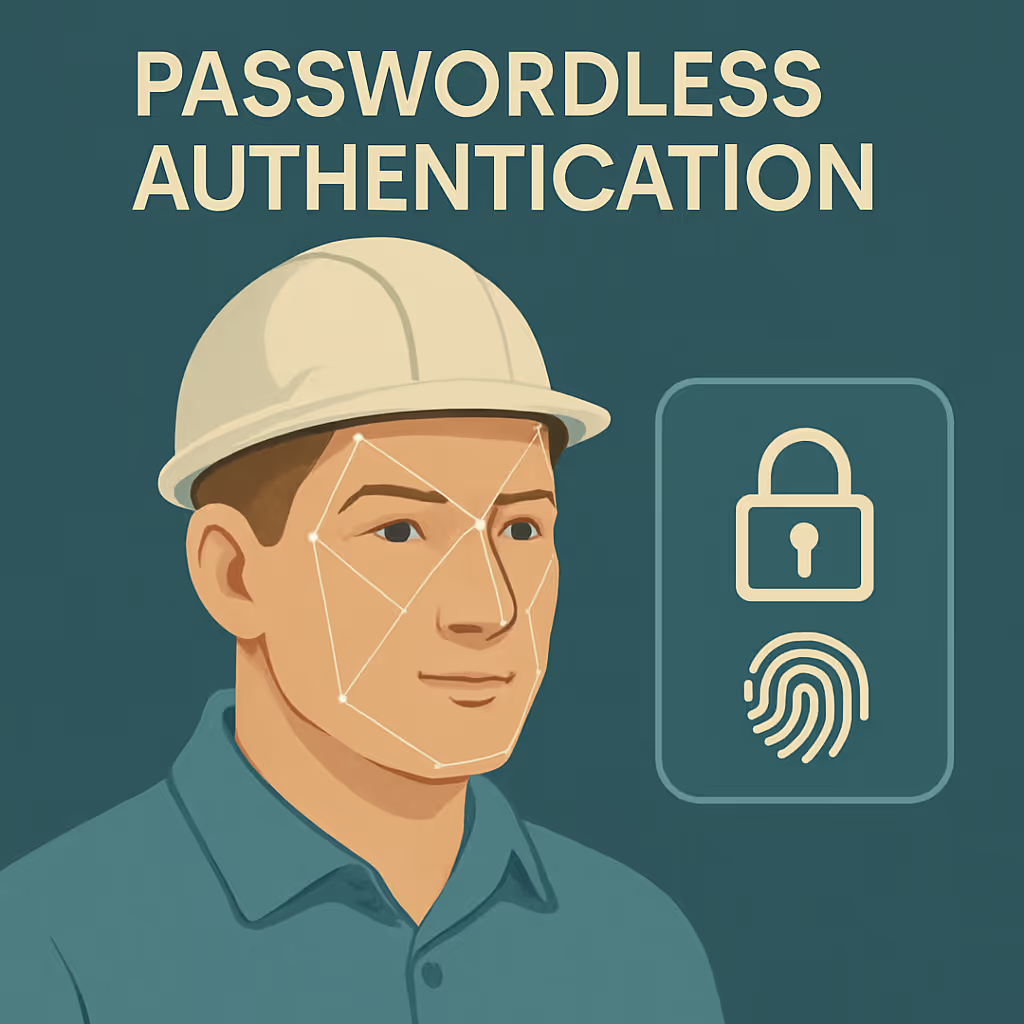Building User Trust and Adoption for Passwordless Authentication
Passwordless authentication enhances security and user convenience but requires user trust and adoption to succeed. This blog outlines key strategies to drive adoption—such as educating users, offering multiple login options, ensuring privacy, providing support, and rolling out the system gradually. By focusing on transparency, accessibility, and positive user experience, organizations can successfully transition away from passwords and move toward a more secure, passwordless future.

As cyber threats continue to evolve, the need for robust security measures has never been more critical. Passwordless authentication is emerging as a superior alternative to traditional password systems, offering enhanced security and convenience. However, its success hinges on user adoption and trust.
This blog explores the steps to increase user adoption and build trust in passwordless authentication.
Embracing the New: Building User Trust in Passwordless Authentication
Transitioning from a familiar system like passwords to a novel approach like passwordless authentication naturally raises user concerns. Here's how to build trust and encourage user adoption:
- Transparency and Education
Clearly explain how passwordless authentication works and its security advantages. Address user concerns and emphasize the benefits of a more secure login experience. - Ease of Use
Prioritize user-friendly interfaces and intuitive login processes. Offer multiple passwordless methods (fingerprint, facial recognition, etc.) to cater to user preferences. - Phased Rollout
Implement passwordless authentication gradually, allowing users to become familiar with the new system and address any initial challenges.
The Need for Passwordless Authentication
Traditional password systems have long been the cornerstone of digital security. However, they are fraught with vulnerabilities:
- Security Risks: Passwords can be stolen, guessed, or cracked.
- User Burden: Users often create weak or reused passwords.
- Management Overhead: Frequent resets, updates, and complex policies drain IT resources.
Passwordless authentication eliminates these issues by using biometrics, hardware tokens, or one-time codes. Yet, adoption still depends on user comfort and trust.
Steps to Increase User Adoption
1. Education and Awareness
- Informative Campaigns: Highlight risks of passwords and advantages of going passwordless.
- Training Sessions: Provide tutorials and demos to familiarize users with the new methods.
2. Transparency
- Data Privacy Policies: Clearly explain how biometric data is stored and protected.
- Regular Updates: Keep users informed about security upgrades.
3. User-Friendly Design
- Simplified Interfaces: Ensure authentication flows are intuitive and frictionless.
- Step-by-Step Guides: Provide visual aids and walkthroughs to reduce hesitation.
4. Accessibility
- Multiple Options: Offer biometrics, tokens, and OTPs to accommodate different users.
- Inclusive Design: Consider users with disabilities or limited tech access.
5. Incentives and Encouragement
- Rewards Programs: Offer perks for early adopters or secure behavior.
- Recognition: Publicly celebrate users or teams who successfully transition.
6. Support and Assistance
- Help Desks: Provide real-time support for users facing challenges.
- FAQ Sections: Address common concerns in a centralized, easy-to-access place.
7. Gradual Implementation
- Pilot Programs: Start small to gather feedback and make improvements.
- Incremental Rollout: Let users move from passwords to passwordless at their own pace.
Building Trust in Passwordless Authentication
Highlight Security Benefits
- Case Studies: Showcase organizations (like Tyson Foods) that have seen success.
- Expert Endorsements: Use third-party validation to boost credibility.
Ensure Robust Security Measures
- Regular Audits: Share audit results to show security commitment.
- Advanced Encryption: Clearly communicate that strong encryption protects user data.
Positive User Experiences
- User Feedback: Use feedback loops to continuously improve the system.
- Continuous Improvement: Keep evolving the solution based on needs and advancements.
Conclusion
Passwordless authentication represents the future of digital security. It combines enhanced protection with a seamless user experience. For organizations, the path to successful adoption lies in:
- Educating users
- Being transparent about security and privacy
- Designing user-friendly and accessible experiences
- Offering strong support
- Rolling out the change gradually
As more companies make this shift, passwordless systems will become the norm—ushering in a safer, more user-centric digital world.
FAQs
Q1: Is passwordless authentication more secure than passwords?
Yes. It eliminates the risk of stolen, weak, or reused passwords and offers stronger protection against cyberattacks.
Q2: What are some common concerns users have about passwordless authentication?
Users may worry about biometric data security or system reliability. Transparent communication helps resolve these fears.
Q3: Will passwordless authentication completely replace passwords?
Eventually, yes. But many systems will offer a hybrid approach for users who still prefer passwords.
Q4: How can businesses encourage user adoption of passwordless authentication?
Focus on education, highlight security benefits, provide training, and ensure a smooth transition experience.
Get the latest updates! Subscribe now!






